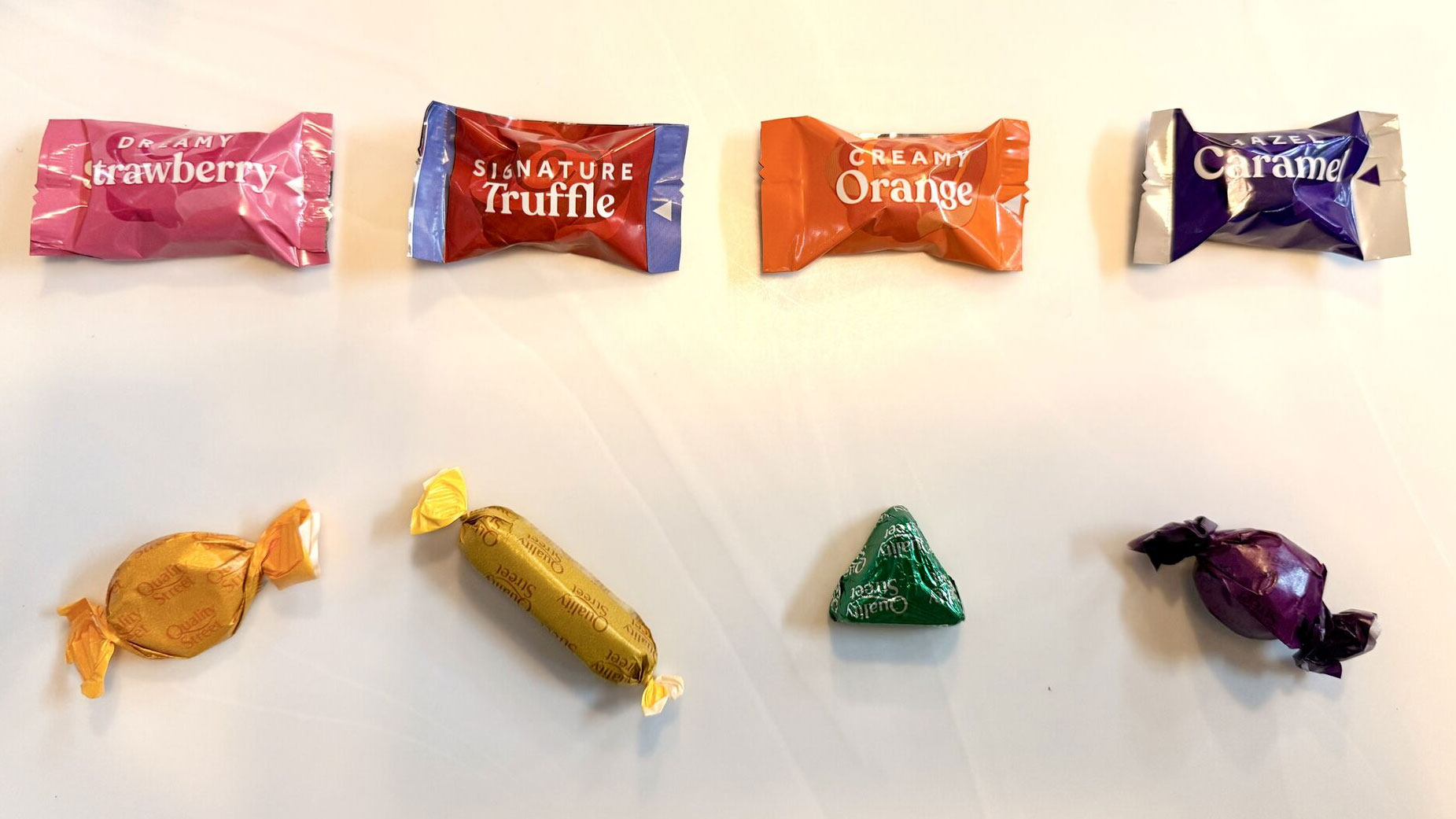How to design a contemporary book cover
Create appealing book cover designs for the digital world.
Books as merchandise
As with any commercial project, the merchandising of books is paramount. Although bookshops were widely tipped to be on the way to oblivion a few years ago, they are making a comeback, and regardless, book covers are designed to have shelf appeal, even if the ‘shelf’ is a page on Amazon.
For Pearson, being aware of related titles is becoming ever more important, since books are often grouped this way in bookshops. “Knowing what you are siding with – or indeed kicking against – can really help get the design process moving,” he says.
“Time-honoured classics are invariably sat alongside alternative editions of the very same book. This can present some exciting possibilities, since your own edition can do something the others are not prepared to, making them look plain by comparison.” You can even remove key content from your own design since it will be ‘filled in’ by those around it, Pearson adds.
Everyone is keen for something visually arresting, rather than giving away every last plot detail on the cover
David Pearson
While many designers complain about the restrictions imposed by retail conventions, Crow strikes a more upbeat note. “It’s quite liberating now,” she notes, “as there has been a great deal more press coverage for book covers than in the past. Everyone is keen for something visually arresting, rather than giving away every last plot detail on the cover.”
This means that covers can be more reductive, and smarter, than in the recent past, Crow continues. “Retailers are keen for things that will look striking in the window, as well as be legible in a tiny thumbnail online.”

In developing an update of the Penguin Modern Classics series, Stoddart and his team worked through 100 book covers, a job that involved new picture research as well as new imagery. “I’ve really enjoyed consolidating the covers for John Updike’s Rabbit series by reviving iconic Penguin covers,” he says.
“In fact, the 1960s Rabbit, Run cover featured an illustration by Milton Glaser, which we’ve put back on the cover. We also asked Milton Glaser (now aged 88) to do a fresh illustration for the last in the Rabbit series, which he was kind enough to do for us, completing the circle 57 years later,” he explains.
Daily design news, reviews, how-tos and more, as picked by the editors.
Next page: Creative media ideas for book shelf appeal
Current page: How to achieve shelf standout
Prev Page Do cover designers need to read the book? Next Page Illustration, typography or photography?
Adrian Shaughnessy is a graphic designer, writer, publisher, and senior tutor at RCA. Adrian is co-founder of the publishing imprint Unit Editions. The company publishes a wide range of graphic design books. Shaughnessy is the author of monographs on Herb Lubalin, Ken Garland, FHK Henrion and Lance Wyman. He has also edited, or co-edited: GraphicsRCA: Fifty Years and Beyond. (RCA); Manuals 2. Design and Identity Guidelines (Unit Editions); and Total Design 1963–73. Expanded edition (Unit Editions).
